In today’s digital age, building an app can open up incredible opportunities—whether it’s to start a business, reach a new audience, or bring your unique idea to life. But as exciting as app development sounds, it’s also overwhelming for many beginners. With so many steps, tools, and decisions, it’s easy to feel lost.
You might be wondering, Where do I even start? or How can I avoid costly mistakes as a beginner? Without the right guidance, the path to creating a successful app can be frustrating and time-consuming, leading to setbacks that could discourage you from moving forward.
That’s where we come in! This guide reveals 8 powerful app development hacks designed specifically to make things easier for beginners like you. By the end, you’ll have actionable tips and clear steps that will help you kickstart your app journey with confidence and avoid common pitfalls—setting you on the path to success!
Introduction
App development has taken the world by storm, and it’s not just for tech experts anymore. Today, anyone with a computer and an idea can dive into this dynamic field. But what makes app development such a game-changer, especially for beginners? With the right guidance, you can bring your ideas to life, reach audiences worldwide, and build essential problem-solving skills along the way.
Why App Development is a Game-Changer for Beginners
For beginners, app development offers an exciting opportunity to learn hands-on skills that are immediately applicable in real-world scenarios. It’s not only about coding; it’s about understanding user needs, designing intuitive interfaces, and creating value. These skills are highly marketable, opening doors to diverse careers, freelance projects, or even entrepreneurial ventures. Starting with app development helps beginners grasp concepts faster and builds a solid foundation in tech.
The Importance of Learning the Right Hacks Early
The learning curve in app development can be steep, but getting a handle on the right techniques early on can make a massive difference. Knowing hacks like reusable code, modular design, and efficient debugging can help you progress faster, avoid common pitfalls, and stay motivated. These “hacks” aren’t shortcuts—they’re efficient ways to think and work smarter. By mastering these early on, beginners can gain confidence, develop cleaner code, and, most importantly, build apps that work effectively and provide great user experiences.
Understanding the Basics
Diving into app development can feel overwhelming for absolute beginners. But with the right foundation, you'll find yourself navigating the world of app creation with ease. Let’s break down the essentials and key terms to get you started on the right track.
Overview of App Development for Absolute Beginners
App developmentis the process of creating software applications that run on mobile devices, computers, or even the web. This typically involves coding, design, and testing to ensure the app meets the needs of its users. For beginners, it’s essential to start with small projects and gradually learn the ropes. You’ll find that as you progress, you’ll get a solid grasp of problem-solving, creative thinking, and technical skills.
Most apps fall into one of two main categories:a
1. Native Apps – These are developed specifically for one platform, such as iOS (using Swift or Objective-C) or Android (using Java or Kotlin). They tend to offer better performance but require knowledge of platform-specific programming languages.
2. Cross-Platform/Hybrid Apps – These are built using frameworks like React Native, Flutter, or Xamarin, which allow a single codebase to run on multiple platforms. Hybrid apps save development time and offer a wider reach but may not perform as seamlessly as native apps.
Starting with cross-platform frameworks is often a great option for beginners, as it lets you build for multiple platforms without learning several languages.
Key Terms and Concepts You Should Know
1. Frontend and Backend – The frontend is the user interface (UI) that people interact with, while the backend involves the server, database, and application logic working behind the scenes. Full-stack developers can work on both, but beginners often start with frontend development to understand how apps look and feel.
2. API (Application Programming Interface) – APIs allow apps to interact with other software or services, like retrieving data from a server or integrating third-party services (like Google Maps). Understanding APIs is crucial for building apps with dynamic, real-time functionality.
3. UI/UX (User Interface/User Experience) – UI refers to the visual aspects of the app, like layout and design, while UX focuses on making the app intuitive and enjoyable to use. Great apps prioritize UI/UX, as they significantly impact user satisfaction.
4. IDE (Integrated Development Environment) – An IDE is the software you use to write and test code, like Xcode for iOS or Android Studio for Android. Many IDEs offer features like code suggestions, error-checking, and debugging tools, making them essential for app development.
5. Framework and Library – Frameworks (like Flutter or React Native) and libraries (like jQuery or D3.js) provide pre-built code and structures to speed up development. They help beginners by reducing the need to write everything from scratch.
6. Version Control – Systems like Git allow you to keep track of changes in your code, making it easier to collaborate, roll back errors, or experiment without losing previous work. Learning Git is a must for beginners working on any coding project.
7. Debugging – Debugging is the process of identifying and fixing bugs (errors) in your code. All developers, regardless of skill level, spend time debugging, so learning to troubleshoot effectively is an essential skill.
Define Your App’s Purpose Clearly
Starting with a clear purpose is essential to building a successful app. A well-defined purpose helps you stay focused, avoid unnecessary features, and ensure the app meets user needs. Here’s how to define it effectively.
Identifying the Problem Your App Solves
Before diving into development, ask yourself: What problem is my app solving? Users download apps because they add value or make life easier, so think about your target audience and their pain points. Whether it's helping people stay organized, connect with others, or access information quickly, a specific problem will keep your app purposeful and user-centered.
Setting Clear Goals and Objectives
Once you've identified the problem, set measurable goals and objectives for your app. Goals might include creating a user-friendly interface or providing a particular service, while objectives are specific milestones, like gaining 1,000 downloads in the first month. Clear goals keep you on track, help measure success, and ensure each feature aligns with your app's purpose.
Research Your Target Audience Thoroughly
Knowing who your users are and what they need is key to building a successful app. When you understand your audience, you can make design and functionality choices that truly resonate with them.
Importance of Knowing Your Users
Every app is created for a specific group of people. By researching your target audience, you’ll gain insights into their preferences, habits, and pain points. This understanding helps you design features and experiences that feel personalized, which boosts engagement and increases the likelihood that users will keep coming back.
How to Create User Personas
User personas are fictional characters that represent your ideal users. Start by gathering data through surveys, interviews, or competitor analysis. Identify key traits like age, occupation, goals, and challenges. Then, create profiles for each persona, giving them names, backgrounds, and specific needs. User personas allow you to visualize and design for real people, keeping their preferences and pain points in focus throughout development.
<2>Start with a Minimal Viable Product (MVP)
Creating an MVP allows you to launch quickly, test your concept, and gather user feedback without building a fully-featured app. It’s a strategic way to refine your app based on real user needs and avoid investing too heavily upfront.
Why MVPs Save Time and Resources
An MVP focuses on delivering only the core functionality needed to solve a problem, which reduces both development time and costs. By starting small, you can test your app’s viability, attract early adopters, and make adjustments based on feedback before committing to a full-scale build. This approach minimizes the risk of overinvesting in features that users may not need or want.
How to Decide on Essential Features
To define your MVP’s features, first return to the problem your app solves. Identify the must-have elements that directly support this purpose. Prioritize features that deliver the main value of your app and are essential to the user experience. Leave out any "nice-to-have" extras until later updates. This approach keeps your MVP lean, user-focused, and ready for quick iteration.
1. Frontend and Backend – The frontend is the user interface (UI) that people interact with, while the backend involves the server, database, and application logic working behind the scenes. Full-stack developers can work on both, but beginners often start with frontend development to understand how apps look and feel.
2. API (Application Programming Interface) – APIs allow apps to interact with other software or services, like retrieving data from a server or integrating third-party services (like Google Maps). Understanding APIs is crucial for building apps with dynamic, real-time functionality.
3. UI/UX (User Interface/User Experience) – UI refers to the visual aspects of the app, like layout and design, while UX focuses on making the app intuitive and enjoyable to use. Great apps prioritize UI/UX, as they significantly impact user satisfaction.
4. IDE (Integrated Development Environment) – An IDE is the software you use to write and test code, like Xcode for iOS or Android Studio for Android. Many IDEs offer features like code suggestions, error-checking, and debugging tools, making them essential for app development.
5. Framework and Library – Frameworks (like Flutter or React Native) and libraries (like jQuery or D3.js) provide pre-built code and structures to speed up development. They help beginners by reducing the need to write everything from scratch.
6. Version Control – Systems like Git allow you to keep track of changes in your code, making it easier to collaborate, roll back errors, or experiment without losing previous work. Learning Git is a must for beginners working on any coding project.
7. Debugging – Debugging is the process of identifying and fixing bugs (errors) in your code. All developers, regardless of skill level, spend time debugging, so learning to troubleshoot effectively is an essential skill.
Define Your App’s Purpose Clearly
Starting with a clear purpose is essential to building a successful app. A well-defined purpose helps you stay focused, avoid unnecessary features, and ensure the app meets user needs. Here’s how to define it effectively.
Identifying the Problem Your App Solves
Before diving into development, ask yourself: What problem is my app solving? Users download apps because they add value or make life easier, so think about your target audience and their pain points. Whether it's helping people stay organized, connect with others, or access information quickly, a specific problem will keep your app purposeful and user-centered.
Setting Clear Goals and Objectives
Once you've identified the problem, set measurable goals and objectives for your app. Goals might include creating a user-friendly interface or providing a particular service, while objectives are specific milestones, like gaining 1,000 downloads in the first month. Clear goals keep you on track, help measure success, and ensure each feature aligns with your app's purpose.
Research Your Target Audience Thoroughly
Knowing who your users are and what they need is key to building a successful app. When you understand your audience, you can make design and functionality choices that truly resonate with them.
Importance of Knowing Your Users
Every app is created for a specific group of people. By researching your target audience, you’ll gain insights into their preferences, habits, and pain points. This understanding helps you design features and experiences that feel personalized, which boosts engagement and increases the likelihood that users will keep coming back.
How to Create User Personas
User personas are fictional characters that represent your ideal users. Start by gathering data through surveys, interviews, or competitor analysis. Identify key traits like age, occupation, goals, and challenges. Then, create profiles for each persona, giving them names, backgrounds, and specific needs. User personas allow you to visualize and design for real people, keeping their preferences and pain points in focus throughout development.
<2>Start with a Minimal Viable Product (MVP)
Creating an MVP allows you to launch quickly, test your concept, and gather user feedback without building a fully-featured app. It’s a strategic way to refine your app based on real user needs and avoid investing too heavily upfront.
Why MVPs Save Time and Resources
An MVP focuses on delivering only the core functionality needed to solve a problem, which reduces both development time and costs. By starting small, you can test your app’s viability, attract early adopters, and make adjustments based on feedback before committing to a full-scale build. This approach minimizes the risk of overinvesting in features that users may not need or want.
How to Decide on Essential Features
To define your MVP’s features, first return to the problem your app solves. Identify the must-have elements that directly support this purpose. Prioritize features that deliver the main value of your app and are essential to the user experience. Leave out any "nice-to-have" extras until later updates. This approach keeps your MVP lean, user-focused, and ready for quick iteration.
User personas are fictional characters that represent your ideal users. Start by gathering data through surveys, interviews, or competitor analysis. Identify key traits like age, occupation, goals, and challenges. Then, create profiles for each persona, giving them names, backgrounds, and specific needs. User personas allow you to visualize and design for real people, keeping their preferences and pain points in focus throughout development. <2>Start with a Minimal Viable Product (MVP)
Creating an MVP allows you to launch quickly, test your concept, and gather user feedback without building a fully-featured app. It’s a strategic way to refine your app based on real user needs and avoid investing too heavily upfront.
Why MVPs Save Time and Resources
An MVP focuses on delivering only the core functionality needed to solve a problem, which reduces both development time and costs. By starting small, you can test your app’s viability, attract early adopters, and make adjustments based on feedback before committing to a full-scale build. This approach minimizes the risk of overinvesting in features that users may not need or want.
How to Decide on Essential Features
To define your MVP’s features, first return to the problem your app solves. Identify the must-have elements that directly support this purpose. Prioritize features that deliver the main value of your app and are essential to the user experience. Leave out any "nice-to-have" extras until later updates. This approach keeps your MVP lean, user-focused, and ready for quick iteration.



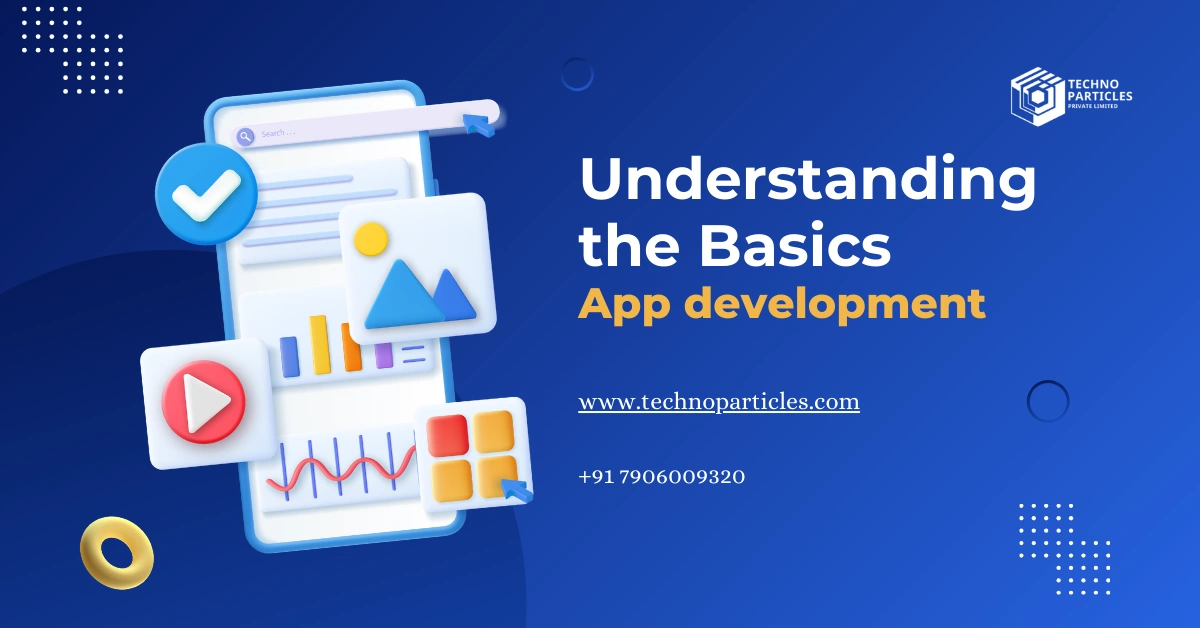
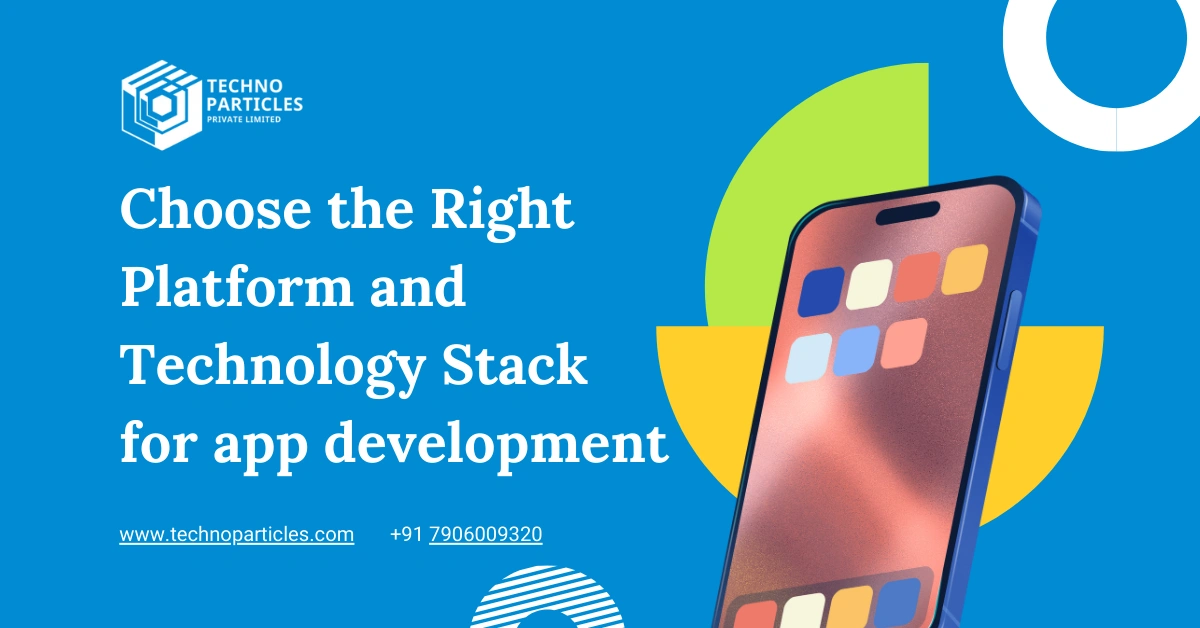
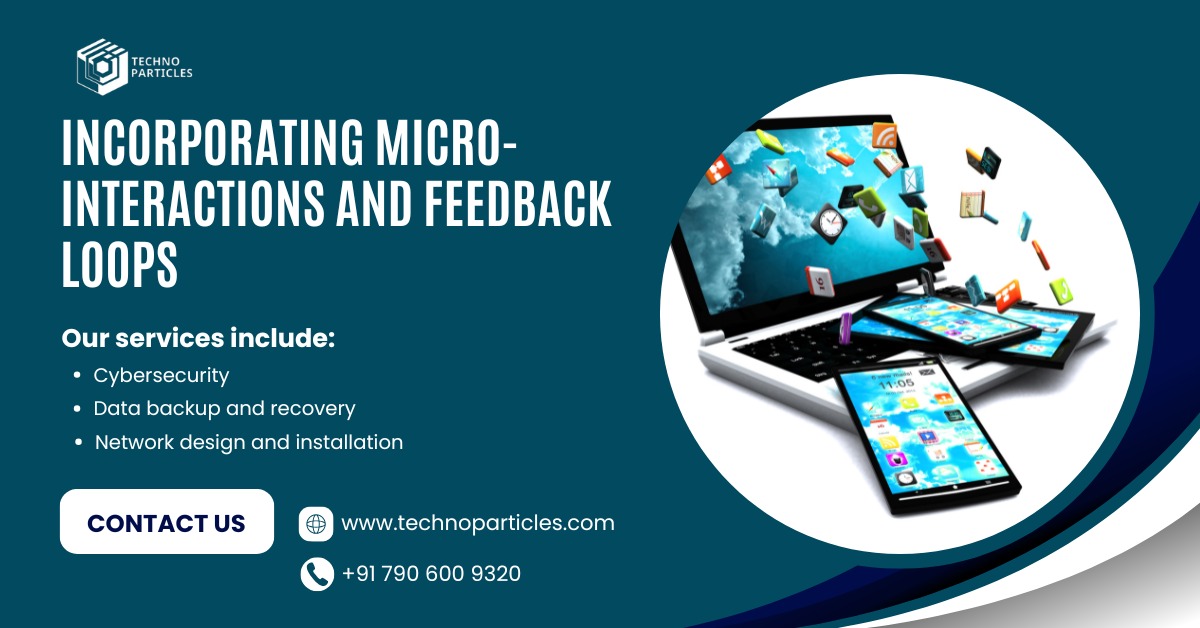
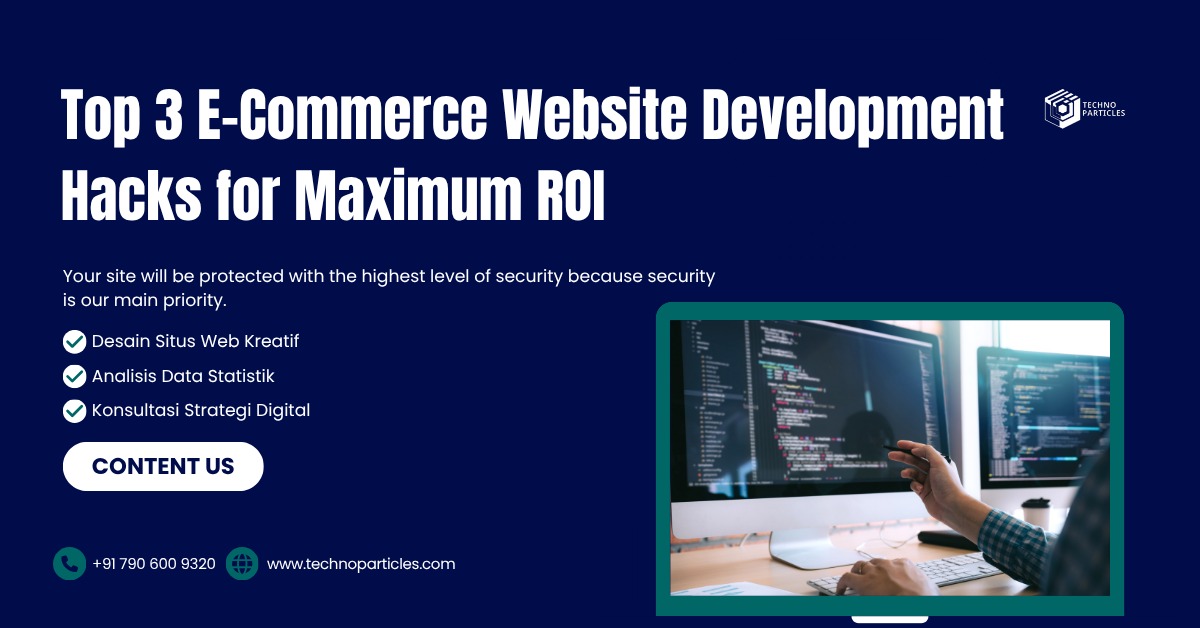
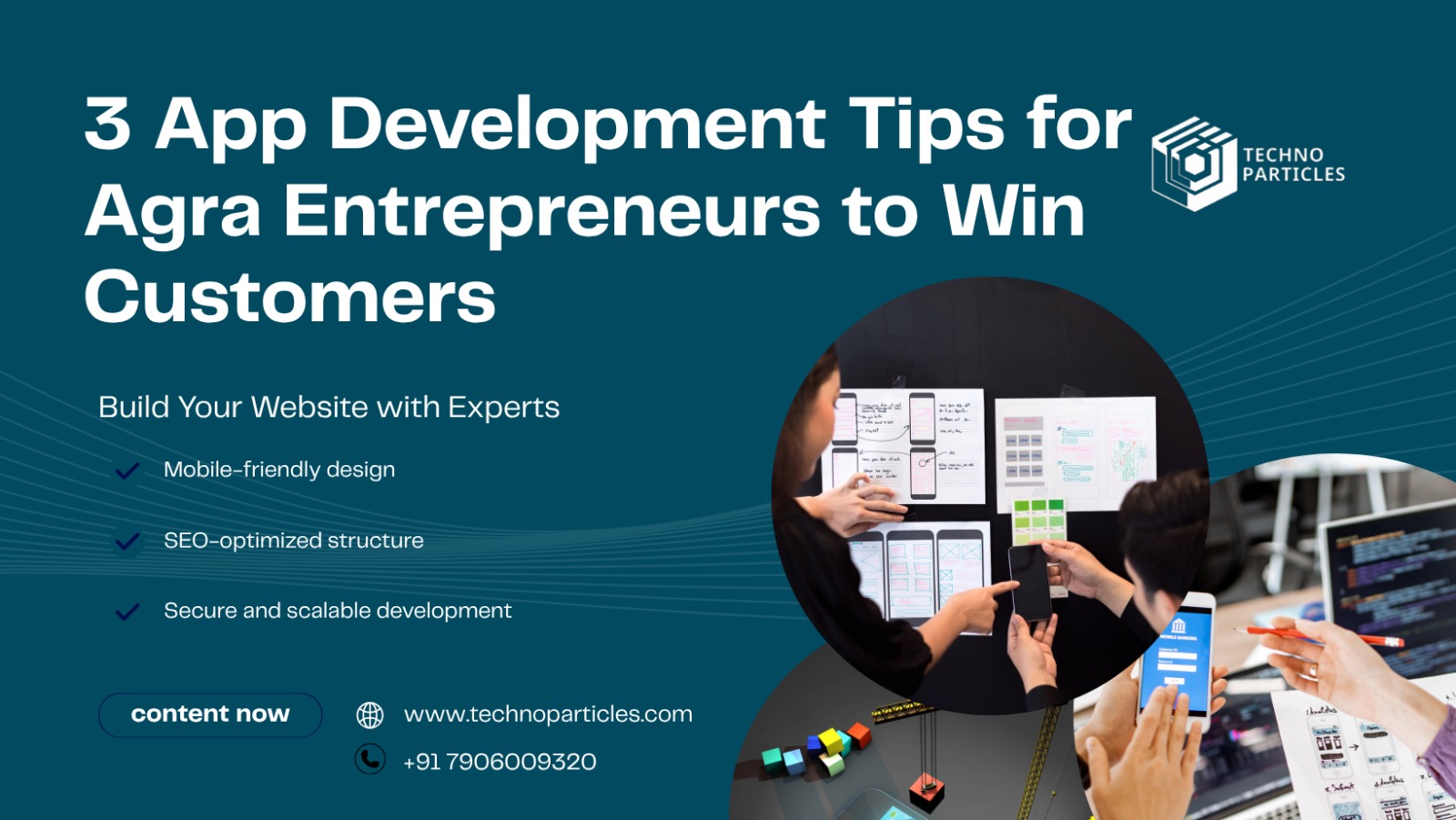
Leave a comment